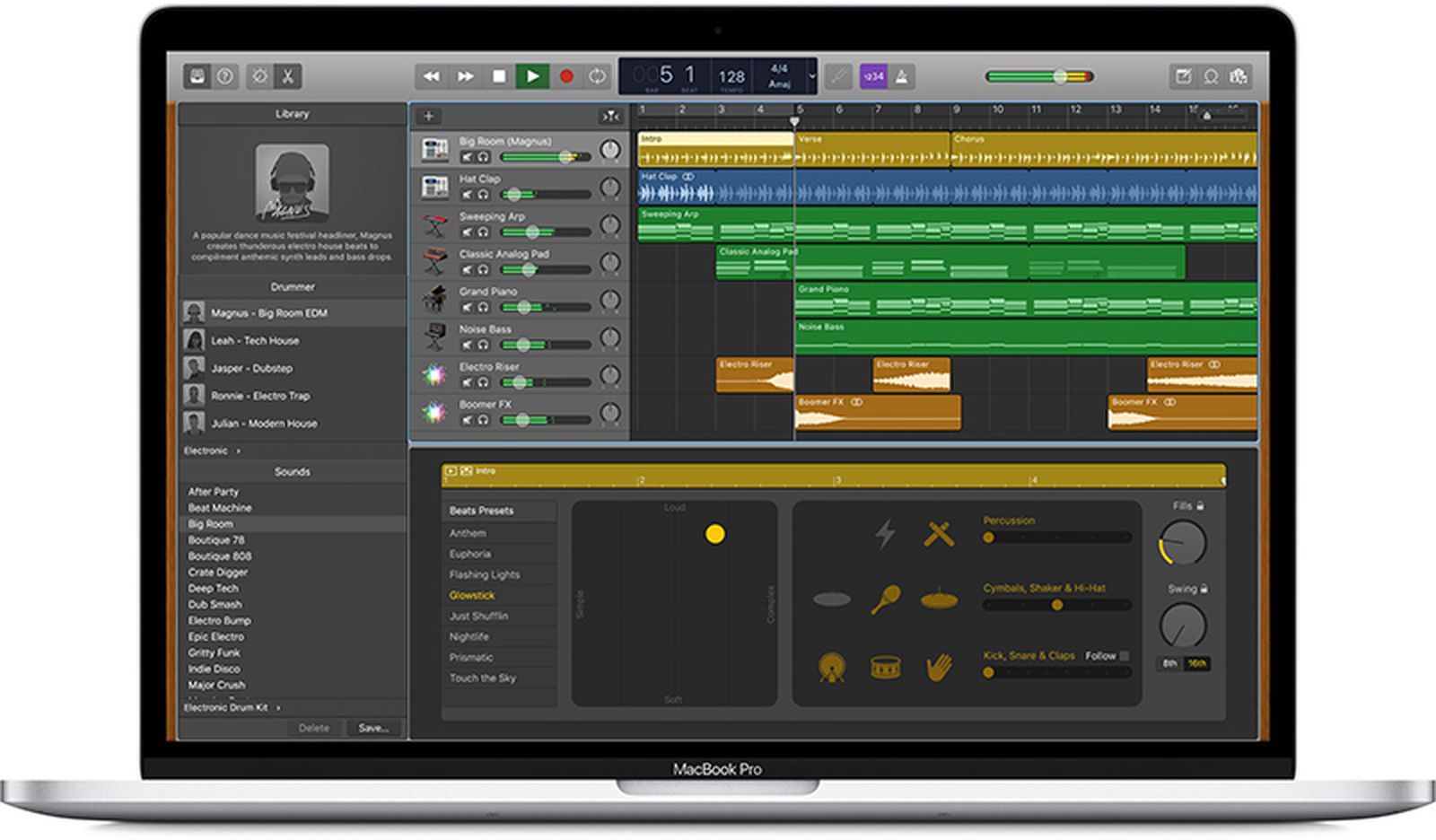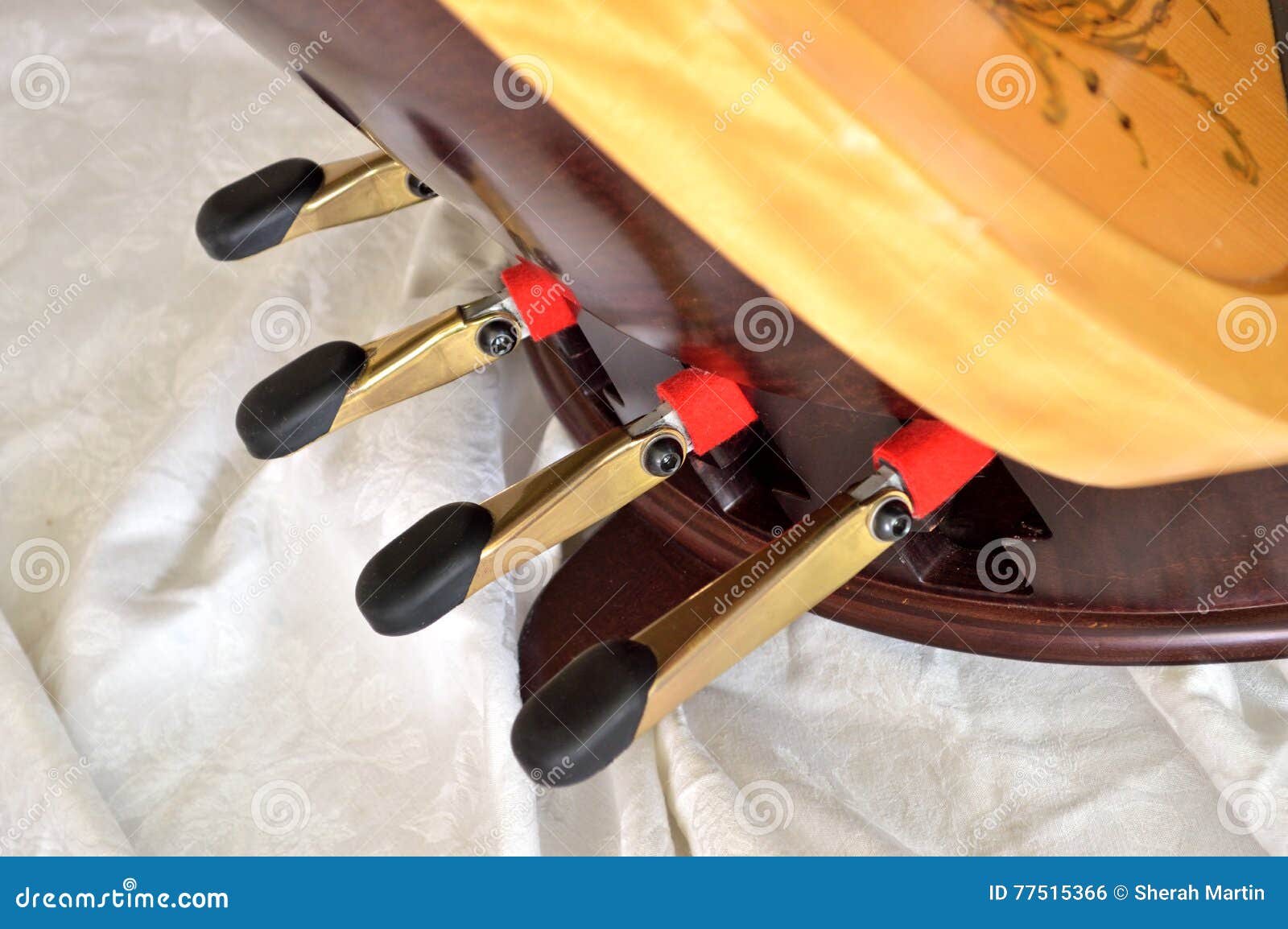

He joined Hohner in 1954, at a time when it was struggling with manufacturing after the company factories had been seized by the Nazis during World War II. He grew up listening to Bach harpsichord music, which led him to design a comparable modern instrument. The Clavinet was designed by German engineer Ernst Zacharias. The volume of the preamplifier can be set by a control to the left of the keyboard. The Clavinet has pickup selector switches, and a solid state preamplifier that allows a line level output to be fed to an amplifier.

These are conceptually similar to a neck and bridge pickup on a guitar. Most clavinets have two sets of pickups encased in epoxy in a plastic case, positioned above and below the strings. This harp mechanism is different from the other Hohner keyboard instruments, the Cembalet and Pianet, which have pads plucking metal reeds. Each string is tuned by a machine-head positioned along the front of the harp. The end of each string farthest from the pick-ups passes through a weave of yarn, which damps the vibrating string after a key is released. This makes the keyboard weighted which allows a different volume for each note like a piano and clavichord, along with aftertouch as the string is stretched. The feel of a clavinet comes from the impact of the pad striking its anvil point against the string. An electro-magnetic pickup turns the string vibration into an electric current. Pressing a key forces the pad to fret the string like a hammer on on a guitar.

Beneath each key, a metal holder grips a small rubber pad. Each key pivots on a fulcrum point at the rear, with a spring to return it. The sound is produced by a harp of 60 tensioned steel strings placed diagonally below the key surface. Most models have 60 keys ranging from F1 to E6. The Clavinet is an electromechanical instrument that is usually used in conjunction with a keyboard amplifier. Modern digital keyboards can emulate the Clavinet sound, but there is also a grass-roots industry of repairers who continue to maintain the instrument.Ī Hohner Clavinet played through effects units and an amplifier It is strongly associated with Stevie Wonder, who used the instrument extensively, particularly on his 1972 hit " Superstition", and was regularly featured in rock, funk and reggae music throughout the 1960s and 1970s. The instrument produces sounds with rubber pads, each matching one of the keys and responding to a keystroke by striking a given point on a tensioned string, and was designed to resemble the Renaissance-era clavichord.Īlthough originally intended for home use, the Clavinet became popular on stage, and could be used to create electric guitar sounds on a keyboard. The Clavinet is an electrically amplified clavichord invented by Ernst Zacharias and manufactured by the Hohner company of Trossingen, West Germany, from 1964 to 1982.
MAINSTAGE 3 SET HARP PEDALS PATCH
And seamless Patch switching lets you hold a chord in one sound while moving to a new Patch.Not to be confused with Clarinet. With Multimapping, you can map multiple parameters to a single control, so you can smoothly manipulate your sound without trying to turn several knobs at once. Start walking a bass line up the keyboard, and the split point moves up so the bass doesn’t suddenly become some other sound when you get into the higher notes. It intelligently moves the split point on a split keyboard Patch to respond to what you’re playing. For starters, there’s the Floating Split Point.
MAINSTAGE 3 SET HARP PEDALS SOFTWARE
MainStage is not only an amazing host for software instruments and effects, it’s also packed with innovations that let you shine on stage. Or bring the authentic sounds of a Hammond B3 organ, Hohner Clavinet D6, or Fender Rhodes or Wurlitzer electric pianos on stage. Use Retro Synth to re-create your favorite electronic sounds from the ’70s and ’80s with an intuitive set of controls. And Chord Trigger allows you to press a single note and have it trigger an entire complex chord. The Arpeggiator features note-based remote controls and flexible latch modes. Take your performance beyond what you can actually perform.


 0 kommentar(er)
0 kommentar(er)
